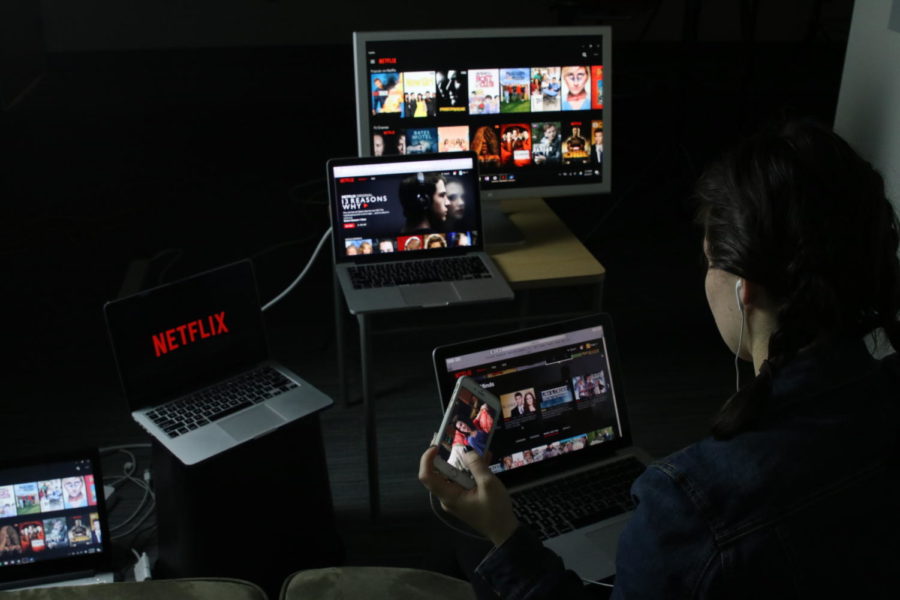Spanbauer: Lessons learned watching ’13 Reasons Why’
April 12, 2017
Ninety-four people will have committed suicide by the end of the day. However troubling and horrible this statistic may be — it’s true. And it’s the reality of the world we live in today.
Netflix’s latest hit, “13 Reasons Why,” addresses some hot-button topics that aren’t normally tackled so head-on by other TV shows. In case you haven’t yet indulged in the new series, it’s about a young girl who fatefully chose suicide as an end to all the struggles in her life.
Bringing to light the power and severity of these situations is something that I believe is necessary for viewers today. We treat each other poorly on a daily basis and it makes binge-watchers of the show look inward at what they’re doing and how they’re affecting others in their own lives.
Somewhat concerning to me is how suicide hasn’t been heavily addressed in popular media until now. However grave the situation of suicide is, it’s something that happens in our world. Not previously having conversations about it, even in a television show, has kept people from knowing how to start conversations about it.
The reality of the matter is that we have seen a rise in the rates of suicide since 1999. It has also become the third-leading cause of death for people ages 15 to 24.
Conversations about suicide need to take place, no matter how uncomfortable they may be. The problem that people suffering from suicidal ideations face, and the difficult part that those not suffering can’t understand, is that it is extremely challenging for someone to seek help.
People going through depression and dealing with suicidal thoughts often believe that they are alone in the world with no one to turn to. They also have a misconception that they are burdensome to others and their life only causes problems for those around them. Therefore, they feel as if they have no one to talk to, and rather than ask for help, it would be easier to be asked if they need help.
What those suffering don’t realize is that for every suicide, there are at least six people directly impacted by that loss. So no, you are not alone. Suicide does not end problems, it only creates them in the lives of the ones you love.
In the TV show “13 Reasons Why,” viewers are shown how day in and day out, the lead character, Hannah Baker, is affected by the actions of those around her. From being the target of a school-wide joke to becoming a sexual object in the eyes of her classmates, even small misfortunes begin to turn Baker toward suicide.
While painful to watch at some parts, this show does an incredible job at opening people’s eyes to the realness of the situation at hand. It takes watchers to a place of discomfort and vulnerability, just as Baker seals her fate.
It depicts to people the hardships that those around must go through without her — the pain her parents must go through every day. I hope people who are feeling alone and thinking that there’s an “easy way out” feel discouraged from suicide after watching the series.
Suicide is forever. It’s not glamorous, it’s not poetic. It’s sad.
Those experiencing problems with depression and suicidal ideations should seek help instead of dealing with the burden alone. Seeking help isn’t a sign of weakness but a sign of strength that you are able to notice that you cannot go it alone.
Whether it’s a parent, a friend or a professional that you confide in, getting help is the strongest solution of all.
And to those who are confided in: believe them. Believe what they are saying, even if you cannot understand. Recognize the severity of the situation at hand and help them get help. Make them feel needed, as if they have someone in their corner.
Suicide is a dark and sad fate that no one should choose. And it’s 100 percent preventable so long as we look out for the ones around us.







